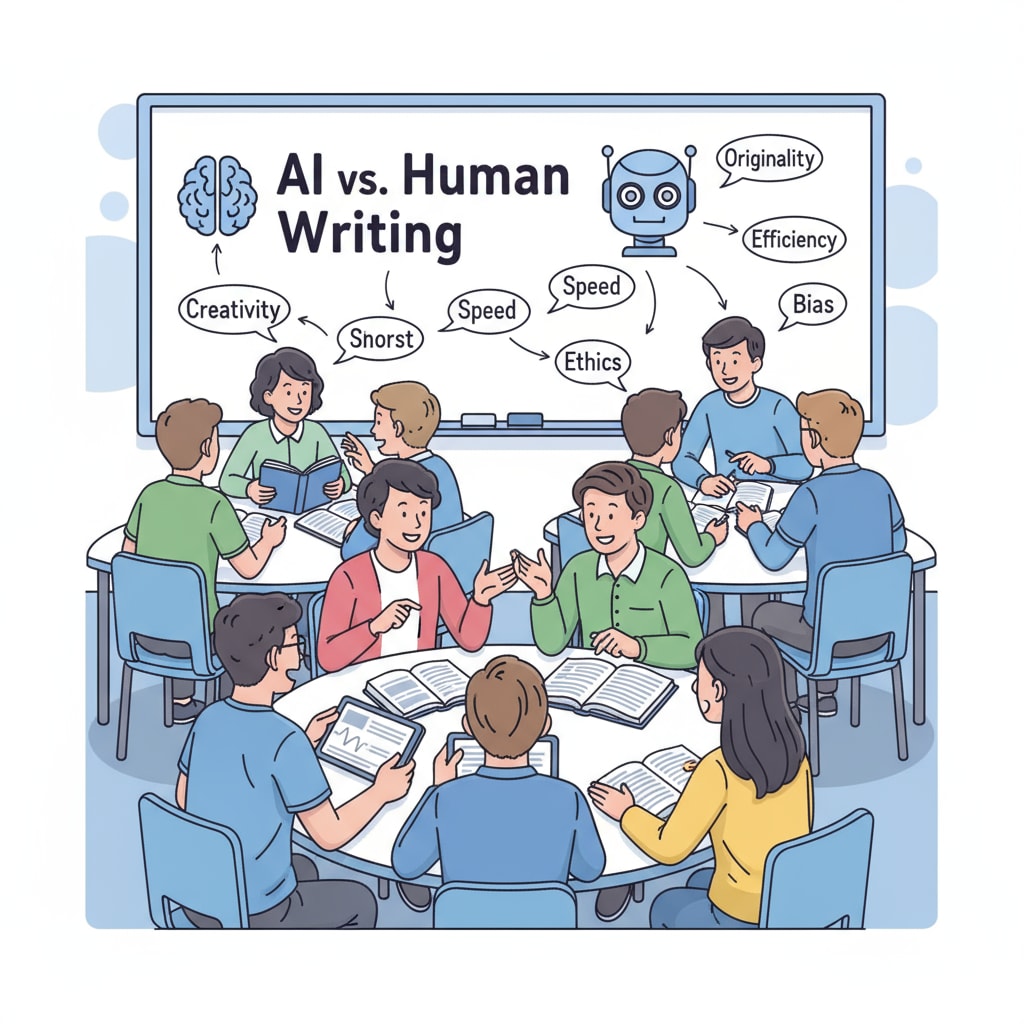In the modern educational landscape, the concepts of AI writing, authenticity, writing style, and teaching methods have become intertwined in fascinating ways. An innovative English teacher recently embarked on an experiment that delved deep into these areas, sparking a profound discussion about the authenticity of writing.

This experiment didn’t just highlight the boundary between technology and human creation; it also reestablished the central value of personal expression and original thought in education.
The Experiment Unveiled
The teacher began by presenting students with a series of written pieces. Some were crafted by AI, while others were the work of human hands. The task was simple yet thought-provoking: students had to distinguish between the two. This seemingly straightforward activity opened the door to a complex exploration of writing styles. As students analyzed the texts, they noticed distinct differences. AI-written pieces often followed a more formulaic pattern, lacking the nuances and idiosyncrasies that are characteristic of human writing. For example, the language used by AI was sometimes overly precise and lacked the natural flow and creativity found in human-authored works. AI in literature on Wikipedia

Unraveling Authenticity
Authenticity became a focal point during this experiment. Students realized that true authenticity in writing goes beyond just the absence of AI-generated content. It encompasses the writer’s unique voice, experiences, and emotions. A human-written piece can convey a sense of personality that AI struggles to replicate. This understanding led to a broader conversation about the importance of authenticity in education. In the classroom, authenticity in writing encourages students to express themselves genuinely, fostering critical thinking and self-discovery. Educational psychology on Britannica
The experiment also had a significant impact on teaching methods. Teachers can now use such activities to enhance students’ understanding of writing. By comparing AI and human writing, students gain a clearer perspective on what makes a piece of writing truly engaging. This approach not only improves their writing skills but also their ability to analyze and appreciate different styles of writing.
Readability guidance: Through this experiment, we see how short, focused paragraphs can effectively convey complex ideas. Lists can be used to summarize key points, such as the differences between AI and human writing. The use of transition words like ‘for example’ and ‘also’ helps to create a smooth flow of information. Additionally, keeping passive语态 to a minimum and using active voice makes the content more engaging.


